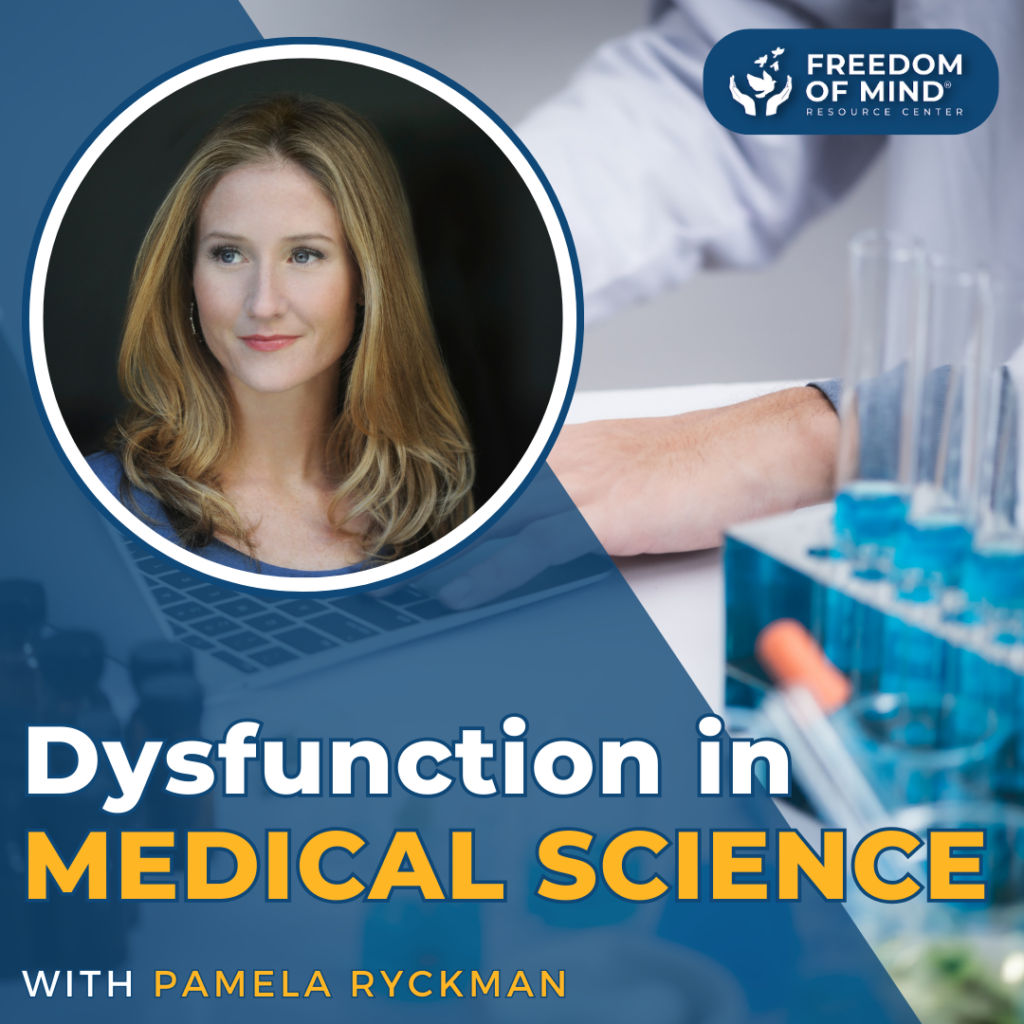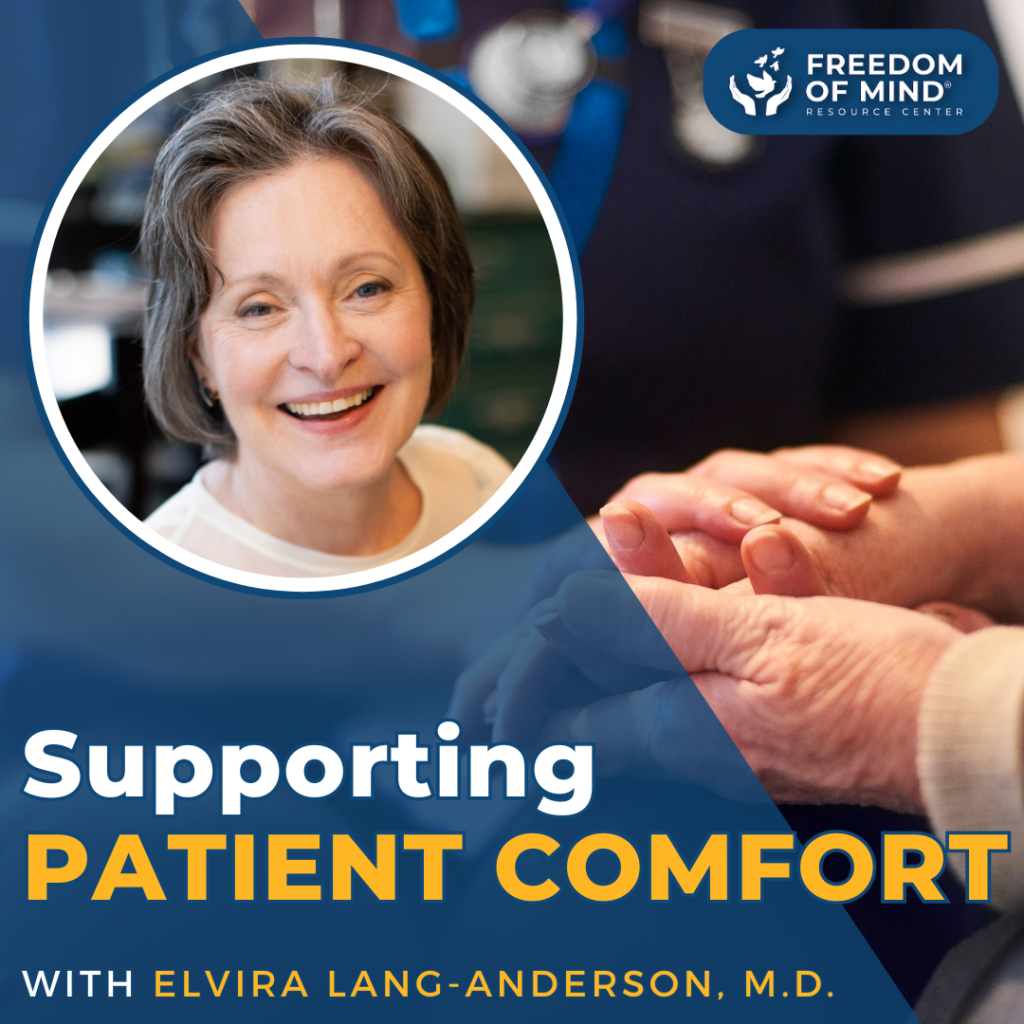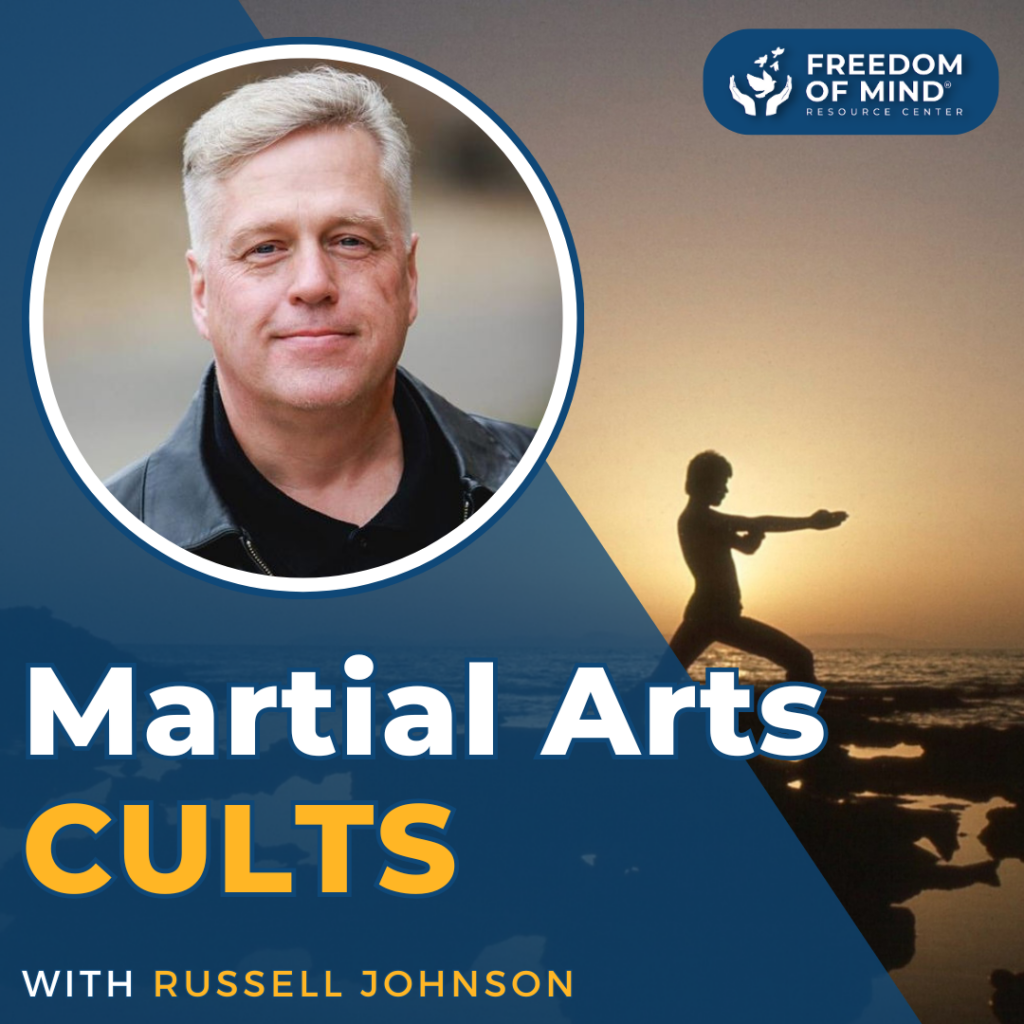
Cults take on many disguises to recruit and control members, including religious organizations, marketing schemes, drug treatment, and even yoga or martial arts groups. But the tactics of recruitment and control are very similar, and the malignant narcissists who profit from the cults also act in similarly destructive ways. I recently had a conversation with former cult member David Cherry. He spent 15 years under Enthusiastic Sobriety’s undue influence and mind control, which is a cult disguised as a drug treatment program. The story of Enthusiastic Sobriety and Synanon highlight the similarities of these two cults disguised as drug treatment and provide valuable information on the red flags to look for when choosing a drug treatment program.
Synanon—a New Approach to Drug Treatment That Became a Destructive Cult
Up until the 1950s, effective addiction treatment was almost nonexistent. If any form of treatment was offered, it was usually done by doctors in a hospital, and addicts often ended up in jail. Synanon was founded in 1958 by Charles Dederich, and was a pioneer in using ex-addicts as “counselors,” promoting a “tough love” approach and establishing a “culture of recovery.”
Synanon began in Dederich’s living room. When that space became inadequate, it moved to a storefront in Santa Monica, and eventually grew into a large chain of drug treatment centers all over California. Dederich’s beliefs about addicts were they are not fully adults and needed to be treated like children. Huge parties, complete with a jazz band, were held weekly, open to the public. Like other cult leaders such as Jim Jones (People’s Temple) and Sun Myung Moon (the Moonies), he encouraged people to call him “dad.”
“Treatment” centered on what was called “The Game,” in essence a “hot seat” tactic now used by many other cults. Sitting in a circle, members would call each other out, emphasizing their secrets and dishonesties. As time passed, Synanon took on aspects of a utopian community and a religion. Members shaved their heads, wore a “uniform” of overalls, and engaged in subservient devotion to Dederich. At its height, Synanon claimed over 1,000 followers and had assets of more than $30 million. In 1977, Attorney Paul Morantz sued Synanon on behalf of a woman who claimed she was kidnapped, brainwashed, and tortured by the group. He won a $300,000 judgment against Synanon and began serious efforts to free others from the group. Morantz was well aware of the danger of taking on this cult. A previous member who left the group was beaten nearly to death, and Morantz received threatening phone calls. He bought a gun and was constantly looking over his shoulder. On October 11, 1977, checking for mail, he reached into the mailbox and was bitten by a four-foot rattlesnake placed there by Synanon. He suffers to this day from neurological problems from the snake bite.
Robert Meehan, Palmer Drug and Alcohol Program and Enthusiastic Sobriety
Robert Meehan was an ex-con who ended up in Houston, Texas, in the early 1970s where he attended AA meetings at the Palmer Memorial Episcopal Church. Meehan impressed the priest, Father Charlie Wyatt-Brown, who encouraged him to reach out to teens in the church who were experimenting with drugs. Meehan did so, and his work with the teens became officially known as the Palmer Drug and Alcohol Program (PDAP).
Meehan’s Treatment Philosophy – Trade One Addiction for Another
Meehan’s treatment philosophy was based on the idea that young people would stay away from drugs if they were allowed to engage in other forms of rebellion. Staff at his treatment centers allowed and encouraged the use of cigarettes and engaging in anti-social behaviors such as vandalism, arson, and even animal abuse. In some programs, girls were instructed to perform sexual acts with boys and men they were “dating.” Married women were forced to have abortions.
Therapy meetings in PDAP and Enthusiastic Sobriety offshoots demanded complete transparency. Participants were required to share stories of sexual assault, domestic violence, and drug overdose in graphic detail. Often, they were kept awake all night and forced to divulge deep secrets while in a state of sleep deprivation.
Carrie Hamilton, daughter of actress Carol Burnett, struggled with drug addiction and was treated through the Palmer Drug and Alcohol Program. Burnett publicly endorsed the PDAP in a story in People Magazine in 1979. However, an interview with Dan Rather on 60 Minutes exposed Meehan as a con artist. Along with other negative publicity following Burnett’s endorsement, Meehan was removed from the PDAP.
In a classic cult tactic of changing names or locations, Meehan moved to San Diego and started the Freeway Program and the Sober Live-In Center Ranch. Both programs were closed down in 1985 for being unlicensed. The SLIC Ranch reopened in 1987, claiming that it had severed ties with Meehan, which was not actually the case. Today, numerous offshoot programs still operate in the United States and Canada—under different names but still under Meehan’s treatment philosophy.
What Characteristics Identify a Destructive Drug Treatment Program?
David Cherry prepared a BITE Model evaluation that highlights the characteristics identifying it as a destructive cult. He also credited my book, Combating Cult Mind Control, as a key resource that helped him leave the cult with his family intact. In their recruitment of potential members, cults rely on deception and provide only limited information about their actual beliefs and procedures.
BITE Model Evaluation of Enthusiastic Sobriety
Green means does not apply
Orange means it partially applies (in other words, true for a subsection of members)
Red means it absolutely applies
Behavior Control
1. Regulate individual’s physical reality
2. Dictate where, how, and with whom the member lives and associates or isolates
3. When, how and with whom the member has sex
4. Control types of clothing and hairstyles
5. Regulate diet – food and drink, hunger and/ or fasting
6. Manipulation and deprivation of sleep
7. Financial exploitation, manipulation or dependence
8. Restrict leisure, entertainment, vacation time
9. Major time spent with group indoctrination and rituals and/or self indoctrination including the Internet
10. Permission required for major decisions
11. Rewards and punishments used to modify behaviors, both positive and negative
12. Discourage individualism, encourage group-think
13. Impose rigid rules and regulations
14. Punish disobedience by beating, torture, burning, cutting, rape, or tattooing/branding
15. Threaten harm to family and friends
16. Force individual to rape or be raped
17. Encourage and engage in corporal punishment
18. Instill dependency and obedience
19. Kidnapping
20. Beating
21. Torture
22. Rape
23. Separation of Families
24. Imprisonment
25. Murder
Information Control
1. Deception:
a. Deliberately withhold information
b. Distort information to make it more acceptable
c. Systematically lie to the cult member
2. Minimize or discourage access to non-cult sources of information, including:
a. Internet, TV, radio, books, articles, newspapers, magazines, media
b. Critical information
c. Former members
d. Keep members busy so they don’t have time to think and investigate
e. Control through cell phone with texting, calls, internet tracking
3. Compartmentalize information into Outsider vs. Insider doctrines
a. Ensure that information is not freely accessible
b. Control information at different levels and missions within group
c. Allow only leadership to decide who needs to know what and when
4. Encourage spying on other members
a. Impose a buddy system to monitor and control member
b. Report deviant thoughts, feelings and actions to leadership
c. Ensure that individual behavior is monitored by group
5. Extensive use of cult-generated information and propaganda, including:
a. Newsletters, magazines, journals, audiotapes, videotapes, YouTube, movies and other media
b. Misquoting statements or using them out of context from non-cult sources
6. Unethical use of confession
a. Information about sins used to disrupt and/or dissolve identity boundaries
b. Withholding forgiveness or absolution
c. Manipulation of memory, possible false memories
Thought Control
1. Require members to internalize the group’s doctrine as truth
a. Adopting the group’s ‘map of reality’ as reality
b. Instill black and white thinking
c. Decide between good vs. evil
d. Organize people into us vs. them (insiders vs. outsiders)
2. Change person’s name and identity
3. Use of loaded language and clichés which constrict knowledge, stop critical thoughts and reduce complexities into platitudinous buzz words
4. Encourage only ‘good and proper’ thoughts
5. Hypnotic techniques are used to alter mental states, undermine critical thinking and even to age regress the member
6. Memories are manipulated and false memories are created
7. Teaching thought-stopping techniques which shut down reality testing by stopping negative thoughts and allowing only positive thoughts, including:
a. Denial, rationalization, justification, wishful thinking
b. Chanting
c. Meditating
d. Praying
e. Speaking in tongues
f. Singing or humming
8. Rejection of rational analysis, critical thinking, constructive criticism
9. Forbid critical questions about leader, doctrine, or policy
10. Labeling alternative belief systems as illegitimate, evil, or not useful
11. Instill new “map of reality”
Emotional Control
1. Manipulate and narrow the range of feelings – some emotions and/or needs are deemed as evil, wrong or selfish
2. Teach emotion-stopping techniques to block feelings of homesickness, anger, doubt
3. Make the person feel that problems are always their own fault, never the leader’s or the group’s fault
4. Promote feelings of guilt or unworthiness, such as
a. Identity guilt
b. You are not living up to your potential
c. Your family is deficient
d. Your past is suspect
e. Your affiliations are unwise
f. Your thoughts, feelings, actions are irrelevant or selfish
g. Social guilt
h. Historical guilt
5. Instill fear, such as fear of:
a. Thinking independently
b. The outside world
c. Enemies
d. Losing one’s salvation
e. Leaving or being shunned by the group
f. Other’s disapproval
6. Extremes of emotional highs and lows – love bombing and praise one moment and then declaring you are a horrible sinner
7. Ritualistic and sometimes public confession of sins
8. Phobia indoctrination: inculcating irrational fears about leaving the group or questioning the leader’s authority
a. No happiness or fulfillment possible outside of the group
b. Terrible consequences if you leave: hell, demon possession, incurable diseases, accidents, suicide, insanity, 10,000 reincarnations, etc.
c. Shunning of those who leave; fear of being rejected by friends and family
d. Never a legitimate reason to leave; those who leave are weak, undisciplined, unspiritual, worldly, brainwashed by family or counselor, or seduced by money, sex, or rock and roll
e. Threats of harm to ex-member and family
It is important to ask pointed questions, resist the lure of “love bombing,” and do independent research on the internet about the group itself and any prominent individuals involved. There are many online resources where the experiences of former members can be found to help understand the operation of the cult itself, such as #Igotout and Enthusiastic Sobriety Abuse.
Whenever I speak with someone who was deceptively recruited into a cult, I am reminded of my own experience with the Moonies. Our stories of being subjected to the subtle mind control tactics of cult recruitment and control are important to hear. Our stories prove that cults exist in numerous forms but rely on the same procedures to control their members’ behavior and that even the most healthy and intelligent person can fall prey to their tactics.
Further Information:
Enthusiastic Sobriety Abuse Linktree
The Love Bomb – The Atavist Magazine
Enthusiastic Sobriety Abuse and Support Group – Recovering from Bob Meehan Programs – American Addiction Foundation
Cure Not Worth It, Disillusioned Drug Program Backers Decide – Los Angeles Times (latimes.com)
Wrong Turn on the Freeway | San Diego Reader
Code of Silence: Survivors allege teen rehab program refused to report rapes | News | yesweekly.com
Fear, Fraud, and Fun Felonies – YES! Weekly
The [HATE] Group – YES! Weekly
Pathway’s Problematic Preachings – TUCSON Weekly
#igotout
Enthusiastic Sobriety Abuse Instagram
Meehan Survivors Reddit Community
Synanon:
The Story of This Drug Rehab-Turned-Violent Cult Is Wild, Wild Country-Caliber Bizarre Los Angeles Magazine
The History of Synanon and Charles Dederich (paulmorantz.com)




